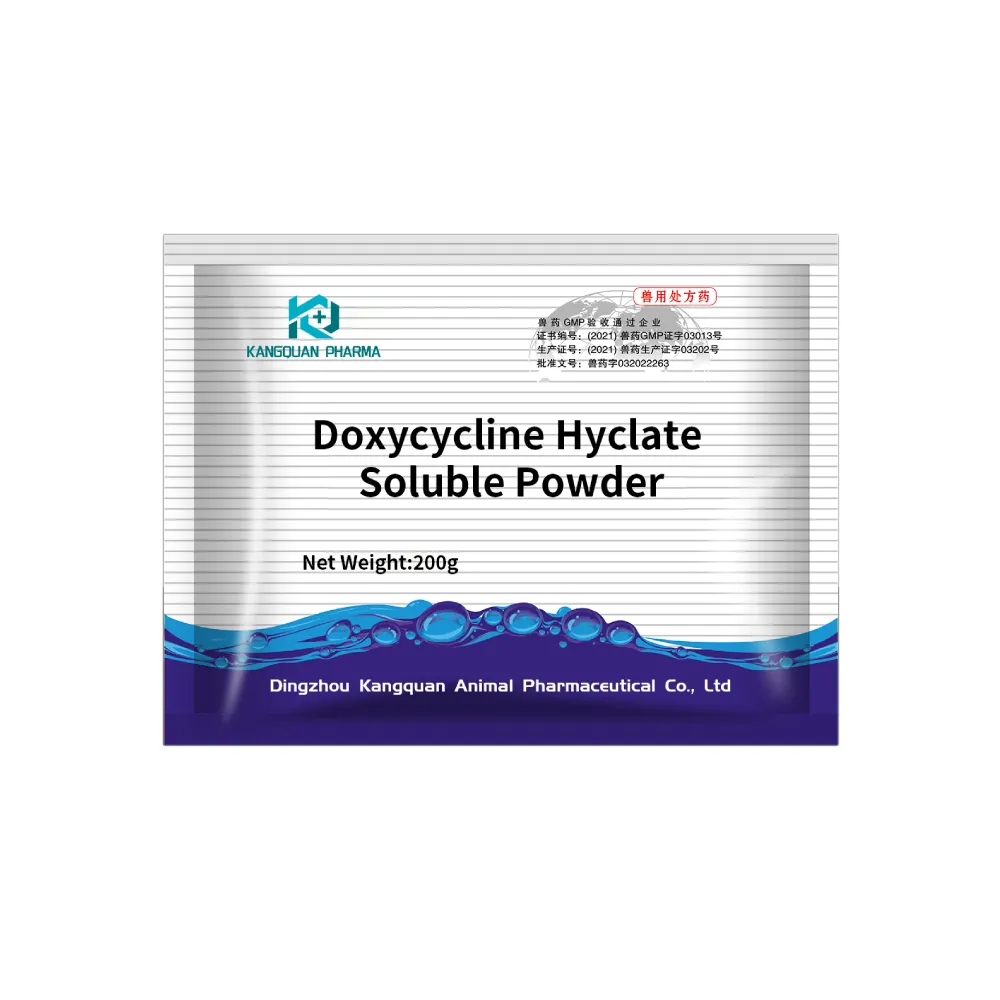- Afrikaans
- Albanian
- Amharic
- Arabic
- Armenian
- Azerbaijani
- Basque
- Belarusian
- Bengali
- Bosnian
- Bulgarian
- Catalan
- Cebuano
- Corsican
- Croatian
- Czech
- Danish
- Dutch
- English
- Esperanto
- Estonian
- Finnish
- French
- Frisian
- Galician
- Georgian
- German
- Greek
- Gujarati
- Haitian Creole
- hausa
- hawaiian
- Hebrew
- Hindi
- Miao
- Hungarian
- Icelandic
- igbo
- Indonesian
- irish
- Italian
- Japanese
- Javanese
- Kannada
- kazakh
- Khmer
- Rwandese
- Korean
- Kurdish
- Kyrgyz
- Lao
- Latin
- Latvian
- Lithuanian
- Luxembourgish
- Macedonian
- Malgashi
- Malay
- Malayalam
- Maltese
- Maori
- Marathi
- Mongolian
- Myanmar
- Nepali
- Norwegian
- Norwegian
- Occitan
- Pashto
- Persian
- Polish
- Portuguese
- Punjabi
- Romanian
- Russian
- Samoan
- Scottish Gaelic
- Serbian
- Sesotho
- Shona
- Sindhi
- Sinhala
- Slovak
- Slovenian
- Somali
- Spanish
- Sundanese
- Swahili
- Swedish
- Tagalog
- Tajik
- Tamil
- Tatar
- Telugu
- Thai
- Turkish
- Turkmen
- Ukrainian
- Urdu
- Uighur
- Uzbek
- Vietnamese
- Welsh
- Bantu
- Yiddish
- Yoruba
- Zulu
9 月 . 07, 2024 07:49 Back to list
Enroflox Injection - Effective Antibiotic Solution for Animal Health
Enrofloxacin Injection An Overview
Enrofloxacin, a member of the fluoroquinolone family of antibiotics, is widely utilized in veterinary medicine for its efficacy in treating a range of bacterial infections. This synthetic antimicrobial agent is particularly noted for its potent activity against gram-negative bacteria, but it also has some effectiveness against gram-positive organisms. Enrofloxacin injection is a formulation designed for parenteral administration, offering a rapid means to deliver this antibiotic directly into the systemic circulation.
Mechanism of Action
Enrofloxacin works by inhibiting bacterial DNA gyrase and topoisomerase IV, enzymes crucial for DNA replication and transcription. By interfering with these fundamental processes, enrofloxacin effectively halts bacterial growth and multiplication, making it a suitable choice for treating various infections encountered in animal treatment settings.
Indications for Use
Enrofloxacin injection is primarily indicated for the treatment of infections in dogs, cats, and certain livestock species. Common conditions treated with enrofloxacin include pneumonia, urinary tract infections, skin infections, and gastrointestinal infections. It is especially valuable in cases where other antibiotics have failed or when a rapid response is necessary to control severe infections.
Dosage and Administration
enroflox injection

The dosage of enrofloxacin injection varies depending on the species being treated, the severity of the infection, and the specific indications. Veterinary practitioners tailor doses to ensure both efficacy and safety. The recommended administration routes include intravenous (IV) and subcutaneous (SC) injections. Careful adherence to dosage guidelines is essential to avoid potential side effects and to ensure effective treatment outcomes.
Side Effects and Precautions
While enrofloxacin is generally well-tolerated, it can cause adverse effects in some animals. Common side effects include gastrointestinal upset, such as vomiting and diarrhea, as well as potential central nervous system reactions, including seizures in susceptible individuals. Cartilage toxicity is also a concern, particularly in young, growing animals, thus making caution essential when prescribing enrofloxacin to puppies or kittens. Veterinary professionals should monitor patients closely for signs of adverse reactions and adjust treatment accordingly.
Resistance Concerns
The widespread use of enrofloxacin has raised concerns regarding antibiotic resistance. Over-reliance on this antibiotic can lead to the development of resistant bacterial strains, complicating treatment protocols in the future. It is imperative that enrofloxacin be used judiciously and only when indicated. Routine culture and sensitivity testing can greatly assist veterinarians in selecting the most appropriate antimicrobial therapy, ensuring that enrofloxacin remains an effective option.
Conclusion
Enrofloxacin injection is a powerful tool in the veterinary practitioner's arsenal against bacterial infections. Its broad-spectrum activity, coupled with its speed of action, makes it a preferred choice for many common infections in animals. However, prudent use is essential to mitigate the risk of resistance and ensure that this valuable antibiotic remains effective for future generations of pets and livestock. Veterinary professionals must continue to balance the benefits of enrofloxacin against its risks, keeping animal welfare paramount in their treatment decisions.
-
The Power of Radix Isatidis Extract for Your Health and Wellness
NewsOct.29,2024
-
Neomycin Sulfate Soluble Powder: A Versatile Solution for Pet Health
NewsOct.29,2024
-
Lincomycin Hydrochloride Soluble Powder – The Essential Solution
NewsOct.29,2024
-
Garamycin Gentamicin Sulfate for Effective Infection Control
NewsOct.29,2024
-
Doxycycline Hyclate Soluble Powder: Your Antibiotic Needs
NewsOct.29,2024
-
Tilmicosin Premix: The Ultimate Solution for Poultry Health
NewsOct.29,2024













